Arctic Invertebrates
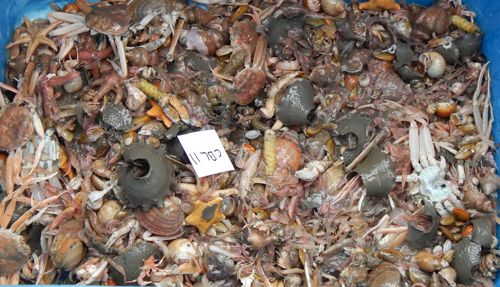
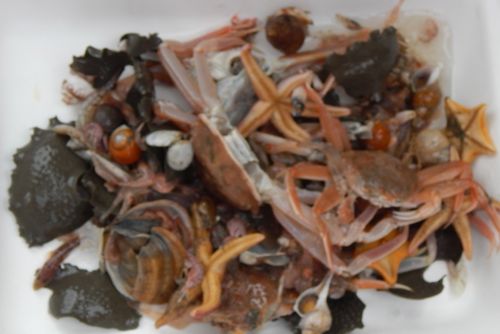
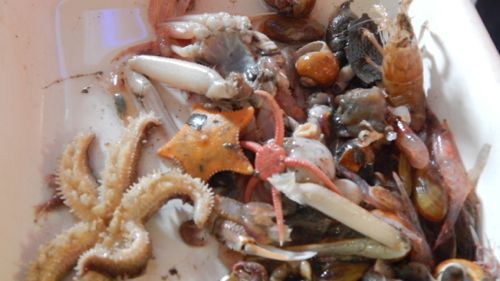
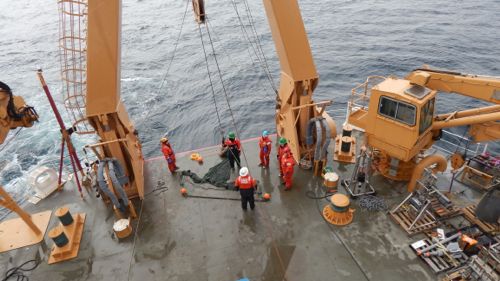
Dr. Brenda Konar's group (University of Alaska Fairbanks) has been studying the animals on the arctic seafloor particularly around Hanna Shoal for a number of years. They are documenting the biomass, abundance, and the species taxonomic richness. In essence they are describing the organisms on the seafloor (epifauna). Over the years, the group has noticed that some communities have remained similar as far as composition. However, other areas have changed in the variety of creatures but also have in their species dominance. One such site in the western study area has changed from dominated by snow crabs (2009) to more and more shrimp over the years. Brittle stars remain an important group across most of the study area. For example; one station (62.8 m depth) has been dominated by brittle stars for the last three years. The two brittle star species found at this site had a ratio of 1700:4. Konar's group wants to know: are these differences in sample sites over the years a function of natural interannual variability or is something in the system changing (e.g. temperature or salinity)?
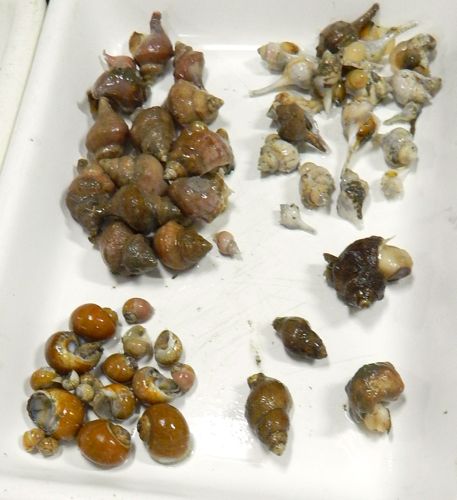

Bryozoans
In the brittle star trawl there were four different types of bryozoans. The large collar in the picture is the egg case of a moon snail (we have a relative of this snail in the Gulf of Mexico). Spaghetti bryozoan resembles fat yellow spaghetti squash. Neither the filamentous like bryozoan nor the one that remind me of intertwining finger have a common name. So for our purposes I will refer to them as a filamentous bryozoan and a finger bryozan. The donut bryozoan looks like a small collar or a donut with a bite taken out. In the pictures below there are two species of bryozoans from the same very large genus, yet they look strikingly different. Which two do you think are closely related? Post you answer on Ask the Team. I will reveal the answer in the next journal.
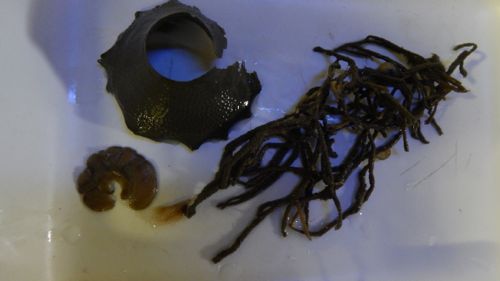
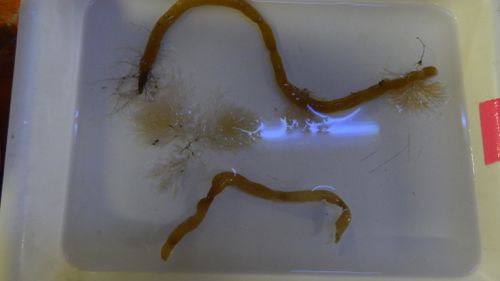


Comments